How the Boxing Day tsunami changed the way we respond as we detect catastrophic weather
The Boxing Day tsunami caused catastrophic devastation and there were unexpected ways in which it changed the world. See how in these harrowing before and after photos.
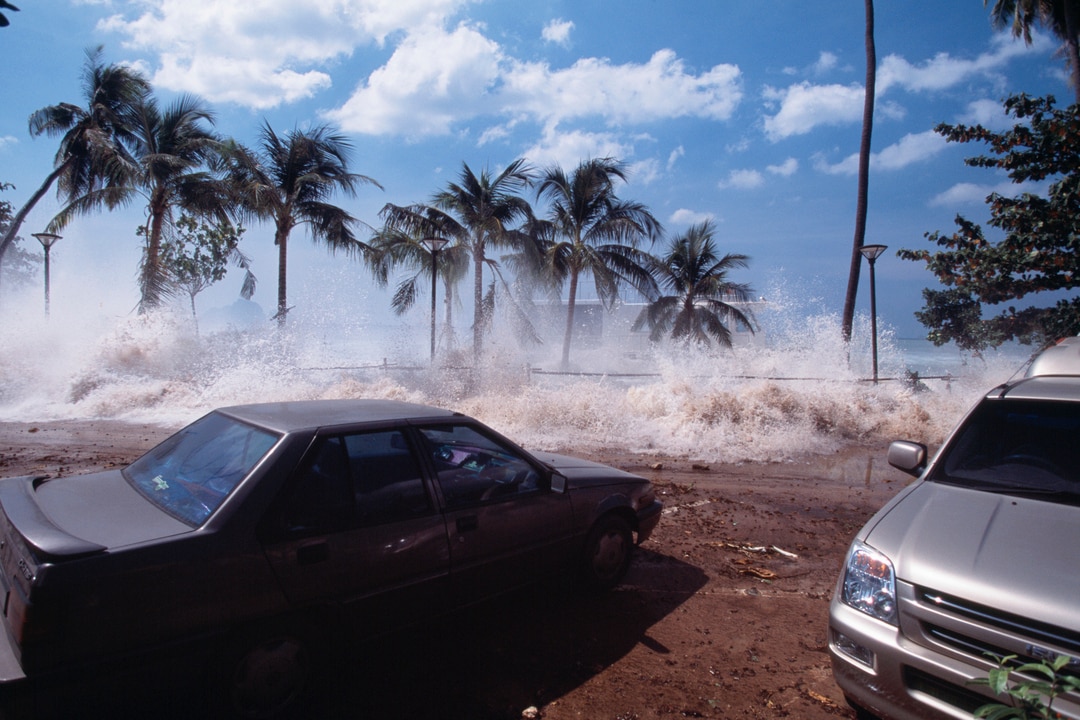
Environment
Don't miss out on the headlines from Environment. Followed categories will be added to My News.
Twenty years on, the Boxing Day tsunami is being remembered for the extraordinary devastation it unleashed, the incredible generosity it prompted, and the unexpected ways in which it changed the world.
World Vision Australia CEO Daniel Wordsworth, who was in Sri Lanka within 48 hours of the disaster, said Australia’s response was an “outpouring of generosity we had never seen before”.
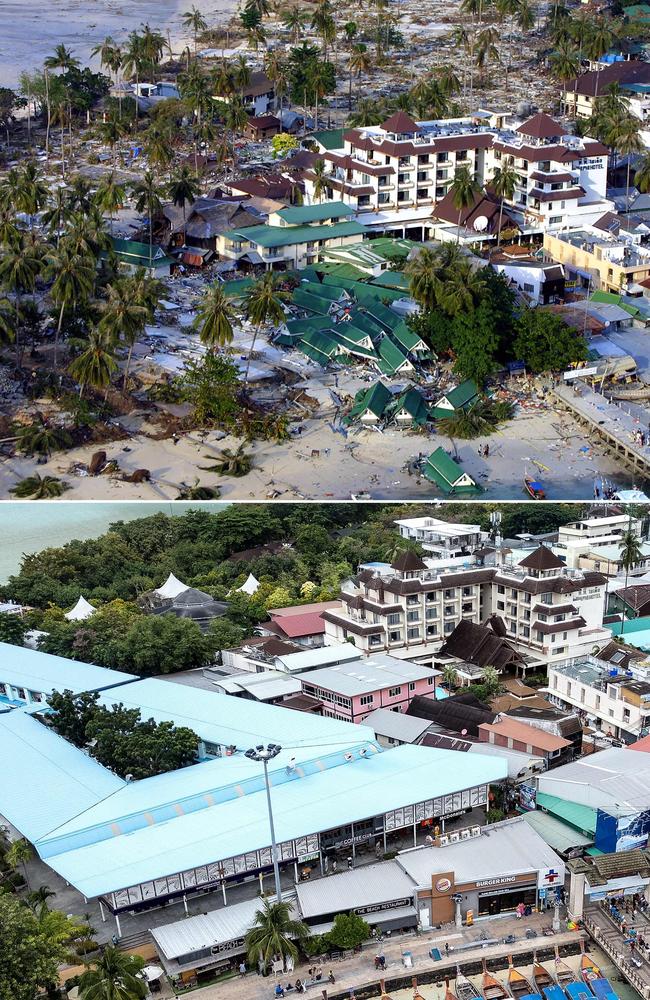
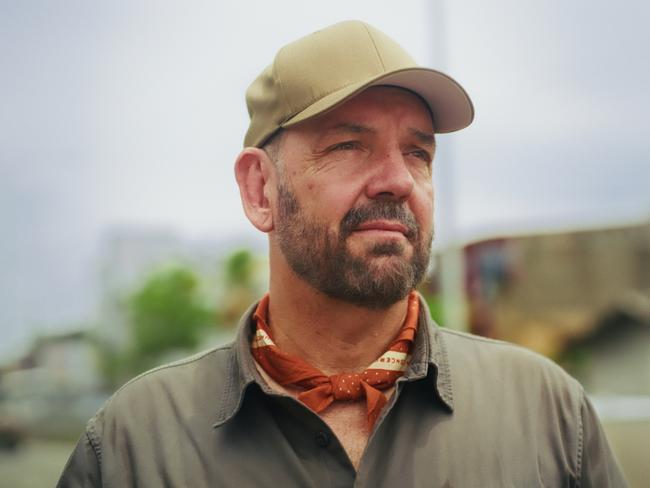
“This generosity has rebuilt lives and livelihoods, roads, infrastructure and entire communities, ensuring they can operate a life of normalcy again,” he said.
In the aftermath of the disaster, Mr Wordsworth said he saw “communities wiped out, roads destroyed, places unreachable and desperation for food, water and shelter”.
But recent visits have revealed “a very different and inspiring place”.
“Communities are thriving and incredibly hopeful for the future,” he said.
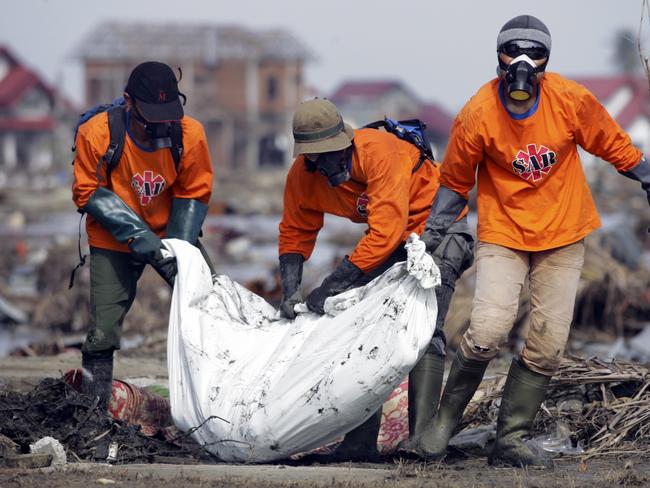
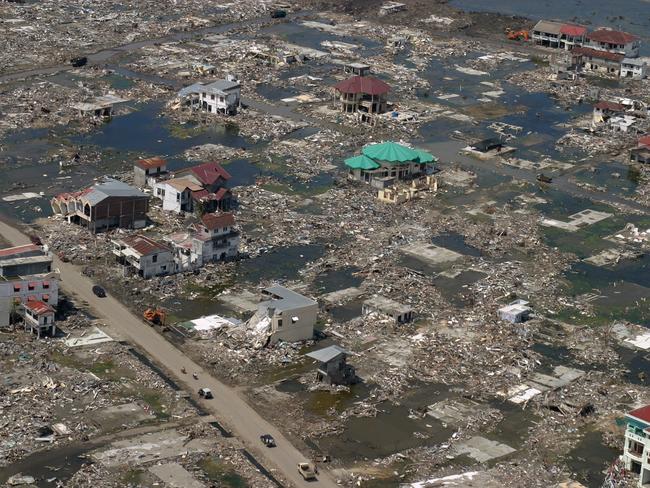
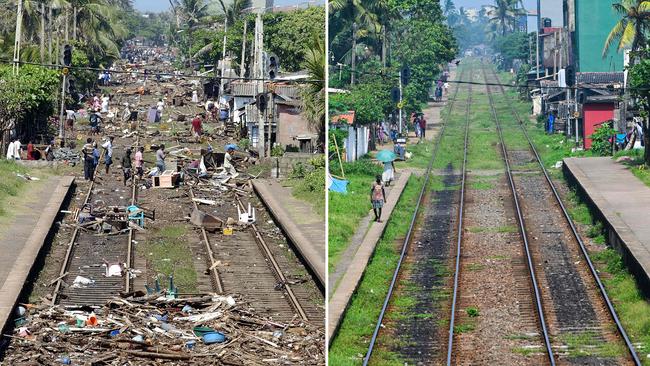
The Australian response in 2004 was swift: the government spent nearly $70 million on our largest overseas aid effort ever, while ordinary Australians donated $330 million through non-government organisations.
This was followed by a $1 billion reconstruction and development package for Indonesia over the next five years. Among other things, it created 3700 scholarships for nurses, midwives and healthcare students, and built modern medical laboratories at universities and hospitals.

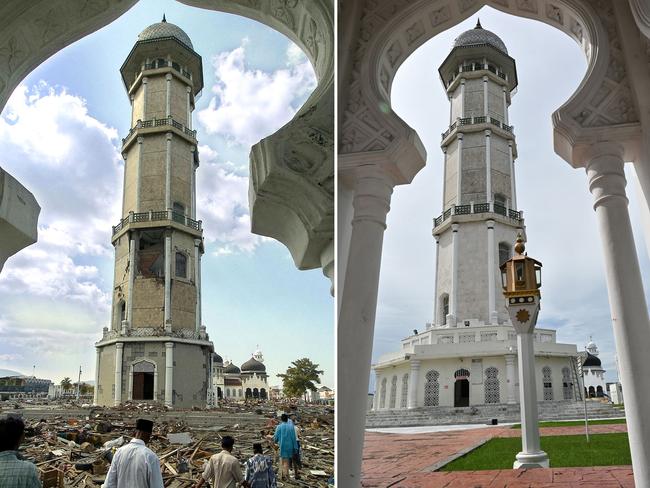
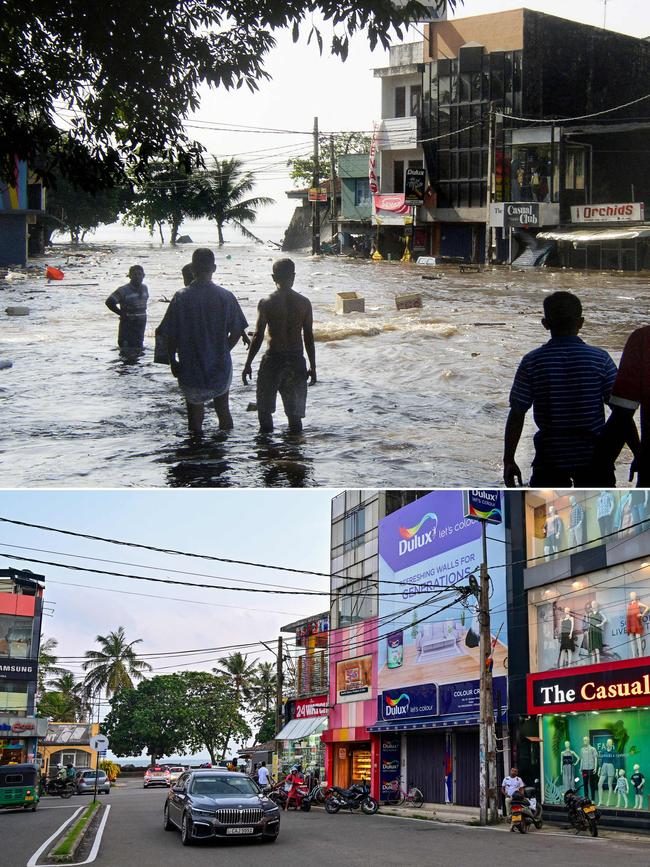
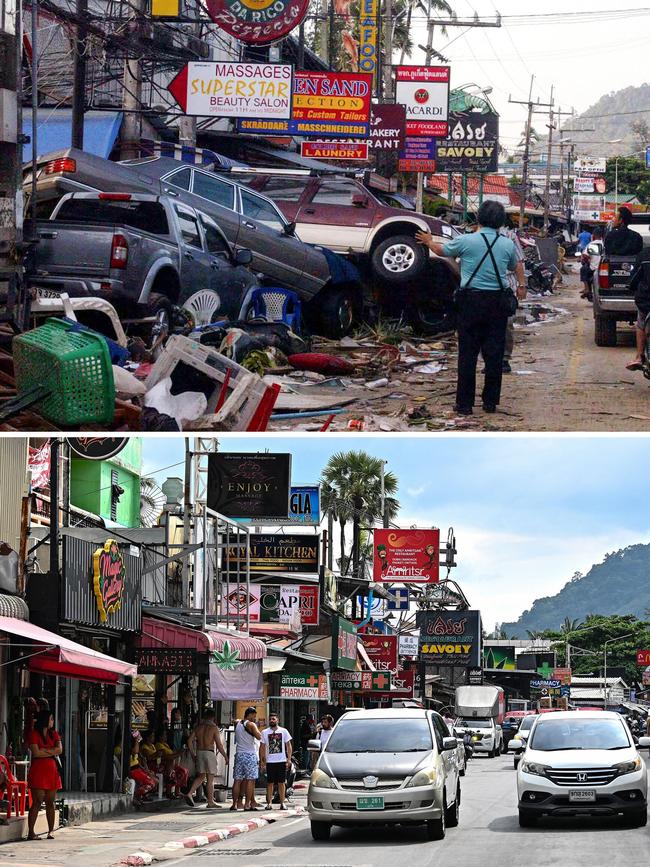
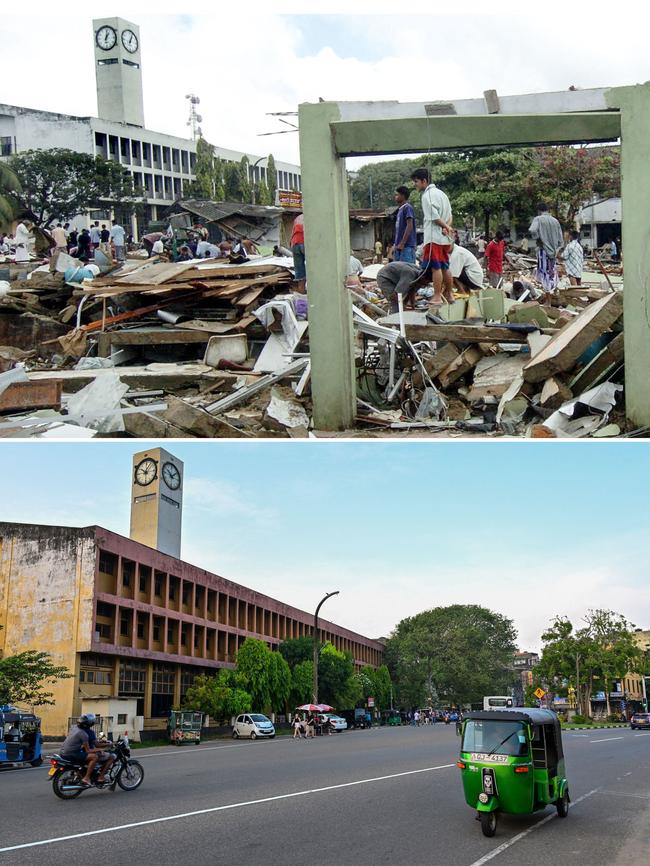
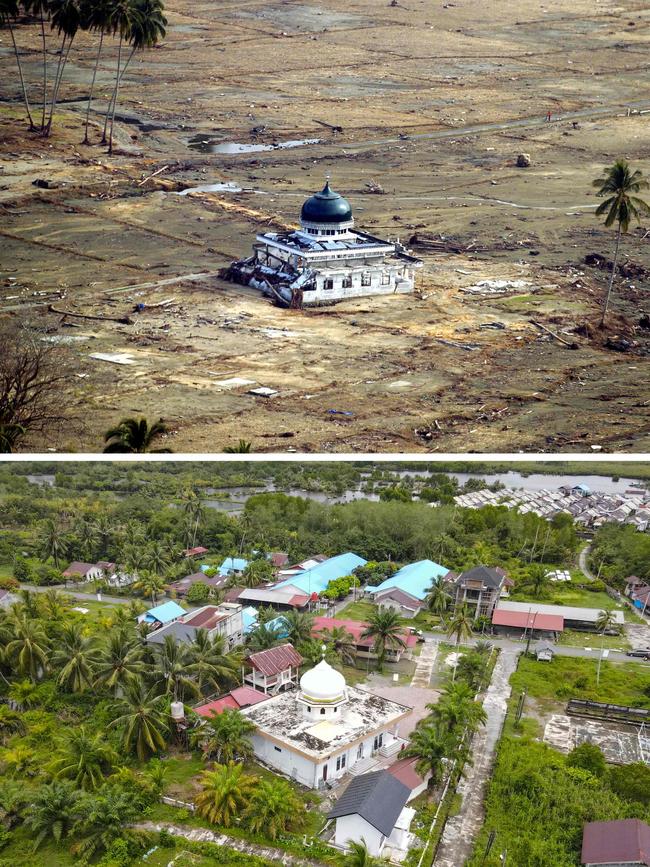
Australia’s assistance “transformed our relationship with Indonesia,” the government concluded in a 2014 report.
“Our close co-operation in reconstruction and rehabilitation linked our people and institutions in a way that they had never been connected before,” the report stated.
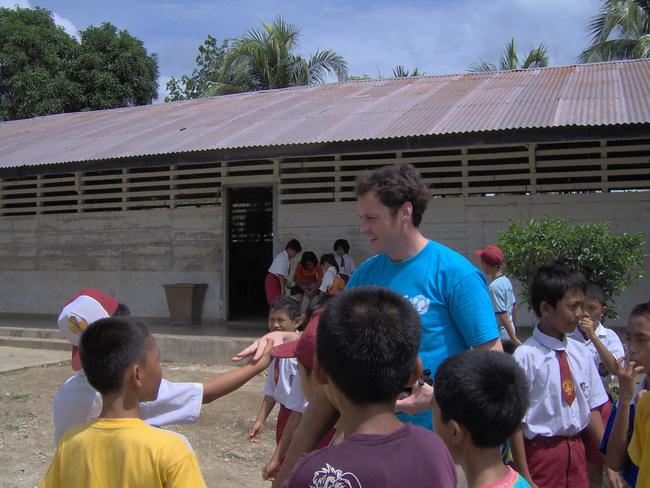
The tsunami also changed the humanitarian sector forever, enshrining the concept of “building back better,” said UNICEF’s Roberto Benes, who was Chief of Child Protection in Indonesia’s Aceh province for three years after the disaster.
Some of that was structural, he said, pointing to the work UNICEF did to develop Indonesia’s social welfare and judicial systems.
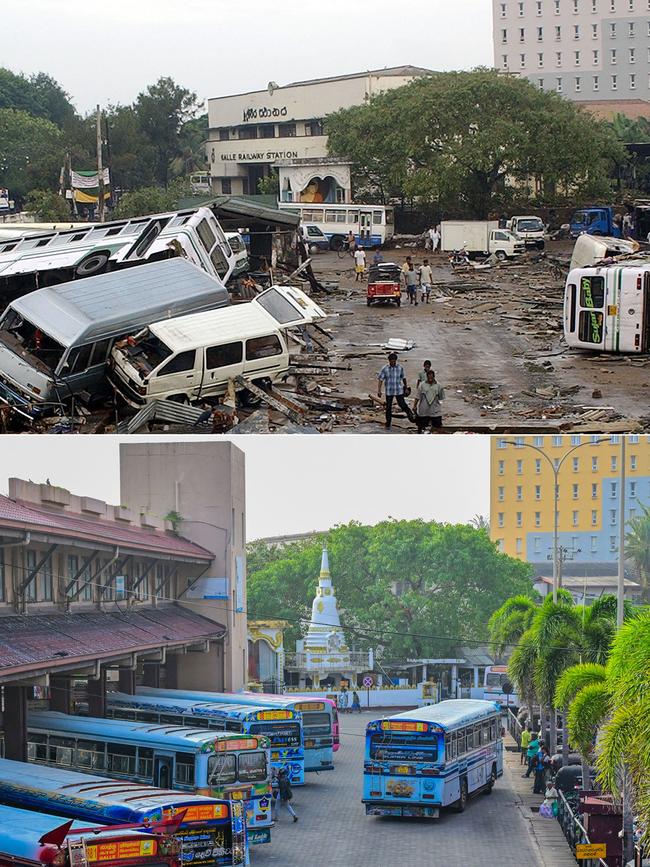
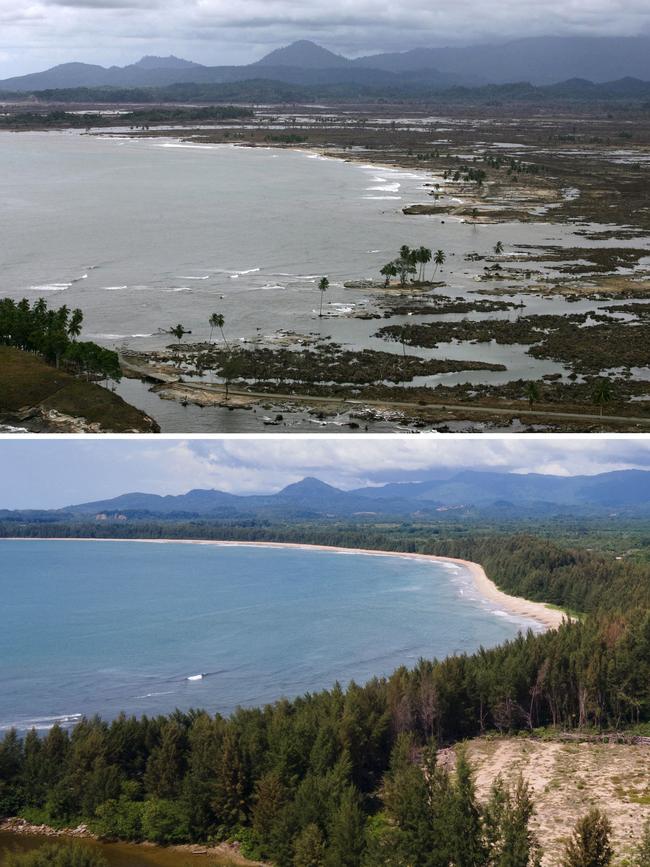
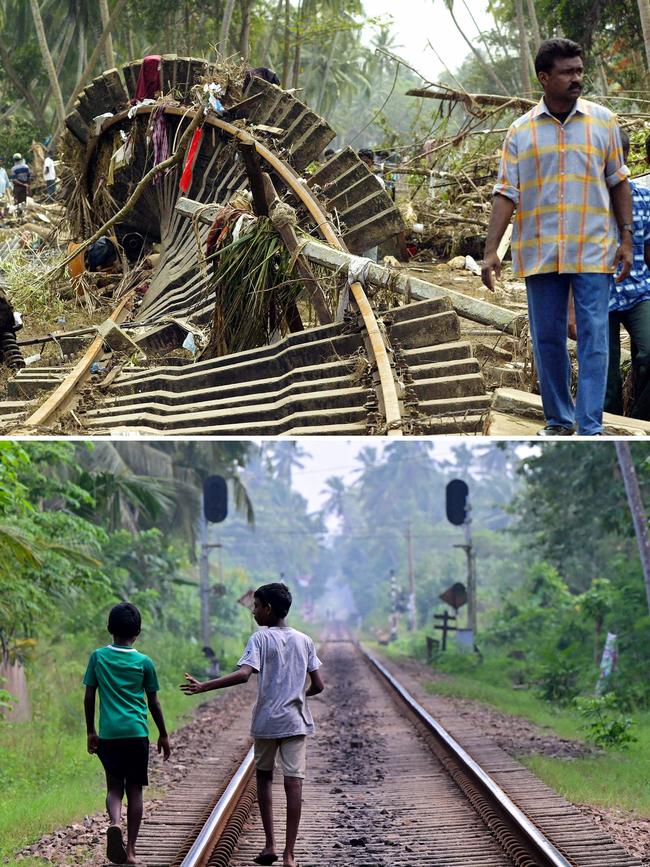
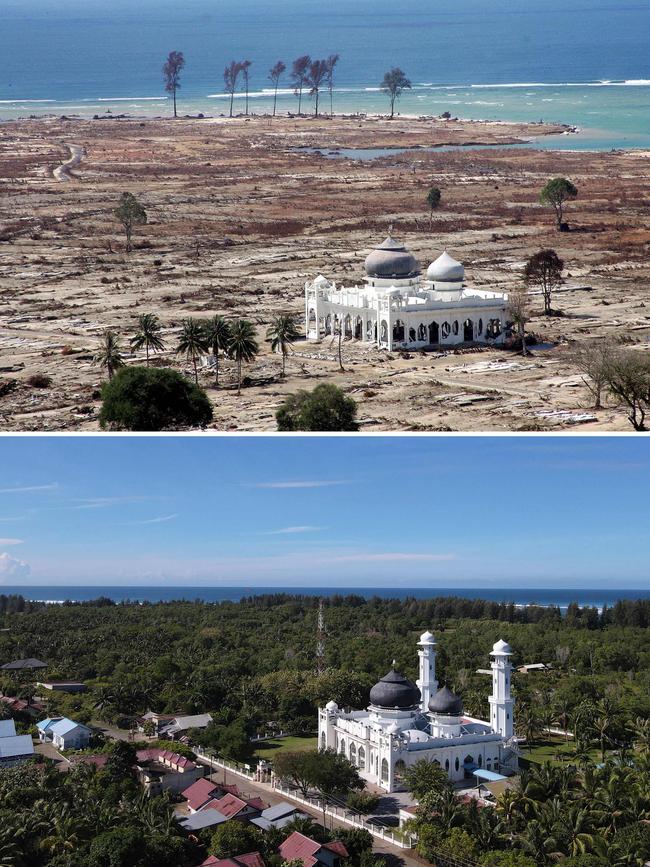
“We worked with the local Acehnese authorities, the police and the judicial system to set up a Child Family Court, training police and judges in child-friendly procedures. It was a dedicated shift from what was just a ‘one size fits all’ judicial system, where children and adults were basically assessed in the same way,” he said.
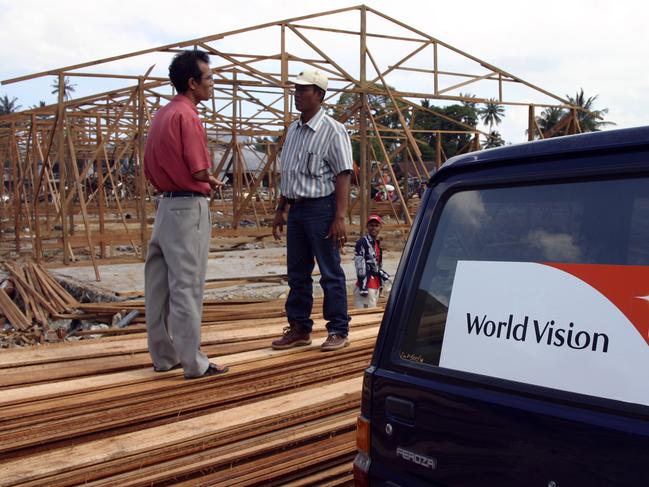
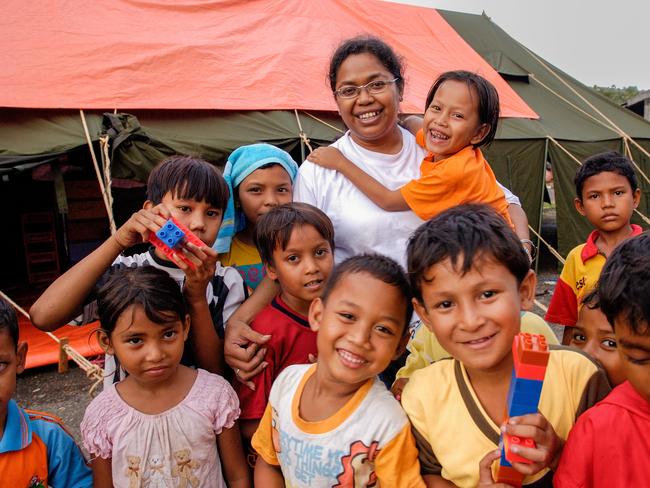
Building back better also applied to infrastructure, Mr Benes said, with schools and other structures rebuilt to withstand future natural disasters. When Banda Aceh was shaken by a 6.7 earthquake in 2013, schools rebuilt with UNICEF support did not suffer any damage.
The scale of the 2004 disaster also supercharged international efforts to improve future monitoring of tsunami events.
The Global Tsunami Warning System, overseen by UNESCO, utilises the resources of tens of thousands of seismometers, 74 deep-ocean buoys, 1200 sea-level observation stations, and a network of 12 regional service providers.
While tsunamis remain a unique challenge – they have been clocked at moving at 800km/hr – the warning system has been credited with saving immeasurable lives.
In January 2022, a tsunami caused by an erupting undersea volcano near Hawaii was as high as two metres and penetrated 100 metres inland in some areas. The material damage in nearby Tonga was significant, UNESCO reported, but that tsunami claimed just four lives.
More Coverage
Originally published as How the Boxing Day tsunami changed the way we respond as we detect catastrophic weather





